[Click on BLUE links for sources and more information]
You have character. You can be a character. You can create a character, build character or engage in character assassination. There are characters in real life, characters in novels. They can be believable or unbelievable, real or made up. Everyone has character but not everyone can be a character. To be a character in the way most people use the term is to be different, unusual, one of a kind, memorable.
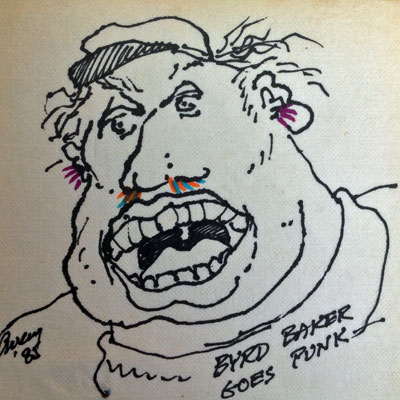
Sea Gull Cellar Bar Napkin Art, Bob Avery artist
Character is not the same thing as personality.
Personality is easy to read, and we’re all experts at it. We judge people funny, extroverted, energetic, optimistic, confident—as well as overly serious, lazy, negative, and shy—if not upon first meeting them, then shortly thereafter. And though we may need more than one interaction to confirm the presence of these sorts of traits, by the time we decide they are, in fact, present we’ve usually amassed enough data to justify our conclusions.
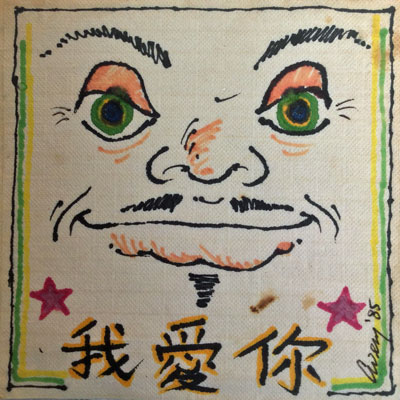
Sea Gull Cellar Bar Napkin Art, Bob Avery artist
Character, on the other hand, takes far longer to puzzle out. It includes traits that reveal themselves only in specific—and often uncommon—circumstances, traits like honesty, virtue, and kindliness. Ironically, research has shown that personality traits are determined largely by heredity and are mostly immutable. The arguably more important traits of character, on the other hand, are more malleable—though, we should note, not without great effort. Character traits, as opposed to personality traits, are based on beliefs (e.g., that honesty and treating others well is important—or not), and though beliefs can be changed, it’s far harder than most realize.
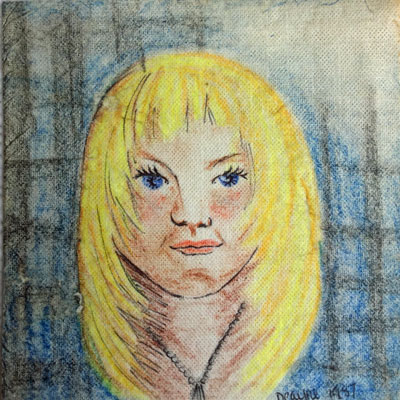
Sea Gull Cellar Bar Napkin Art, Deavere arrtist
Preconception and prejudice impact who is a character. City people stereotype country folk and vice versa. Political views create a similar divide. Nature freaks versus bookworms. Looks also have a lot to do with it. Sometimes looks are all we have to go on.
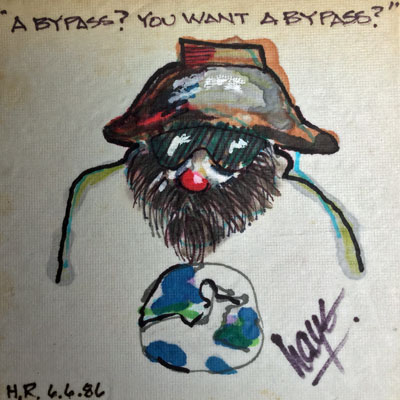
Sea Gull Cellar Bar Napkin Art, Jack Haye artist

Sea Gull Cellar Bar Napkin Art, Jack Haye artist
The napkin artists at the Sea Gull Cellar Bar back in the 70s and 80s created characters out of blank bar napkins. Apparently a character can be created out of anything. Even authors. For example, Thomas Pynchon (Vineland) and T.C. Boyle (The Harder They Come, Budding Prospects) who wrote books centered in Mendocino County. Or, Robert Mailer Anderson (Boonville) who confesses he “wants to project a quirky image during a photo shoot.”
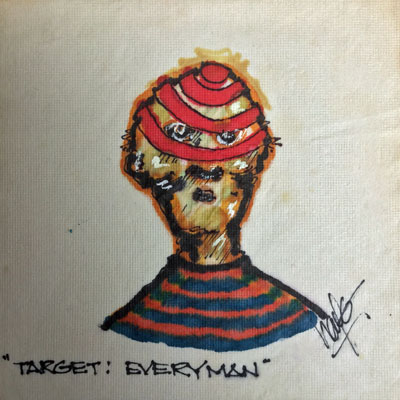
Sea Gull Cellar Bar Napkin Art, Jack Haye artist
Not everyone can have an uncle like Bruce Anderson. Not everyone can be a character, not even every novelist. Consider Gabriel Tallent (My Absolute Darling) or don’t if you hang on every word that escapes Bruce Anderson’s mouth (see his review here). I like Bruce (he doesn’t know me although he did excoriate me years ago when I was on the Art Center Board) but like most homerun hitters his batting average is well below one hundred percent. My Absolute Darling is not the “worst novel I’ve ever read” nor is it entirely “claptrap” as Robert Mailer Anderson’s uncle claims. It is not a perfect book, not a “masterpiece” at least IMHO. Read it for yourself and make your own decision. That’s always the best way to judge a book. Young Gabriel Tallent is not a character, just an everyday guy so far at least. That is one strike against him in small town Mendocino County where character and characters are prized (and rightly so).
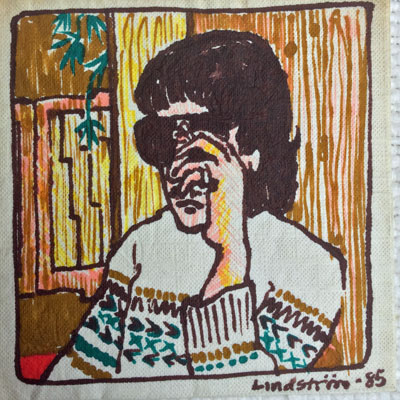
Sea Gull Cellar Bar Napkin Art, Sandra Lindstrom artist
There is also the fact that Gabriel is connected through his mother professor to “Stanford’s creative-lit faculty,” a no-no for non-elitists.
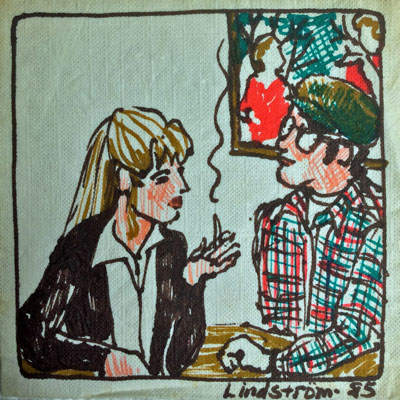
Sea Gull Cellar Bar Napkin Art, Sandra Lindstrom artist
When I think of all the characters that passed through the Sea Gull when I was there, I am amazed that more hasn’t been written about those times. Thanks to the faithful napkin artists, at least we have a pictorial record.
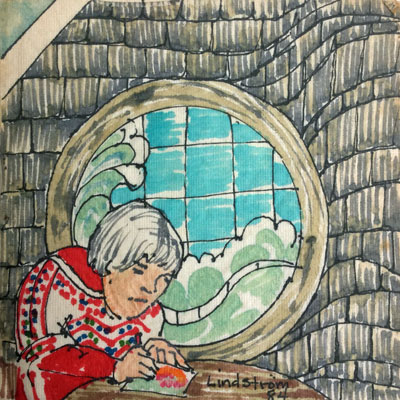
Sea Gull Cellar Bar Napkin Art, Sandra Lindstrom artist
Character is manifested in more than just the physical. Social, mental, interior, exterior—all of these aspects matter. It is having the courage to do the right thing and knowing when to hold off.
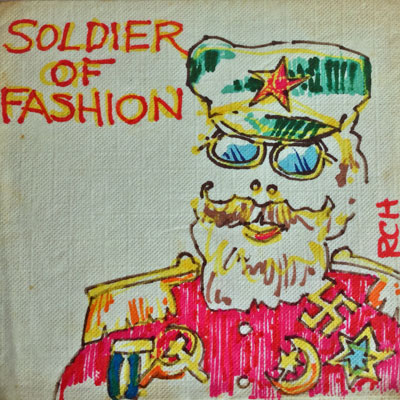
Sea Gull Cellar Bar Napkin Art, Roy Hoggard artist
An interesting website for writers, Writers Write, lists 350 character traits, half positive, half negative, to mull over when framing character. It’s a massive subject.
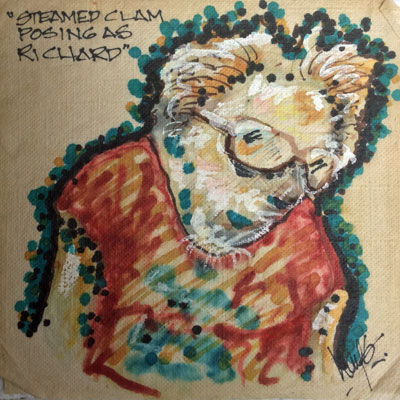
Sea Gull Cellar Bar Napkin Art, Jack Haye artist
Can we get all of that from a picture on a napkin? Maybe. Maybe not. But it can be a place to start.
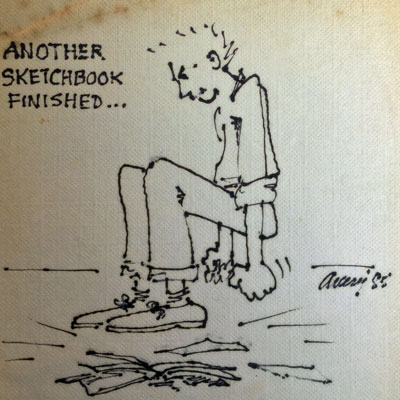
Sea Gull Cellar Bar Napkin Art, Bob Avery artist

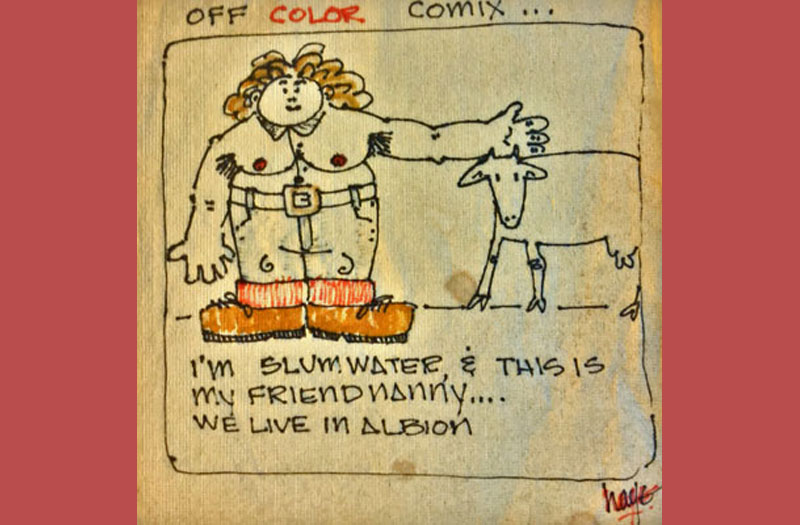
AH-H-H-h-h-h-h, David . . . . .
Another lifetime ago.
Man, what a particularly sublime collection of nappy art you compiled for today’s post!! Loads of–uh, like, you know–character! Oughtta be a book. And I’m not even kidding.
I think the Sea Gull Napkin Art should be published as a book.
Absolutely a book! plus! an installation. . . Consider buying back the building and retrograding it into a place of immersive theatre with a working bar.
Great collection, David! Brings back so many memories!